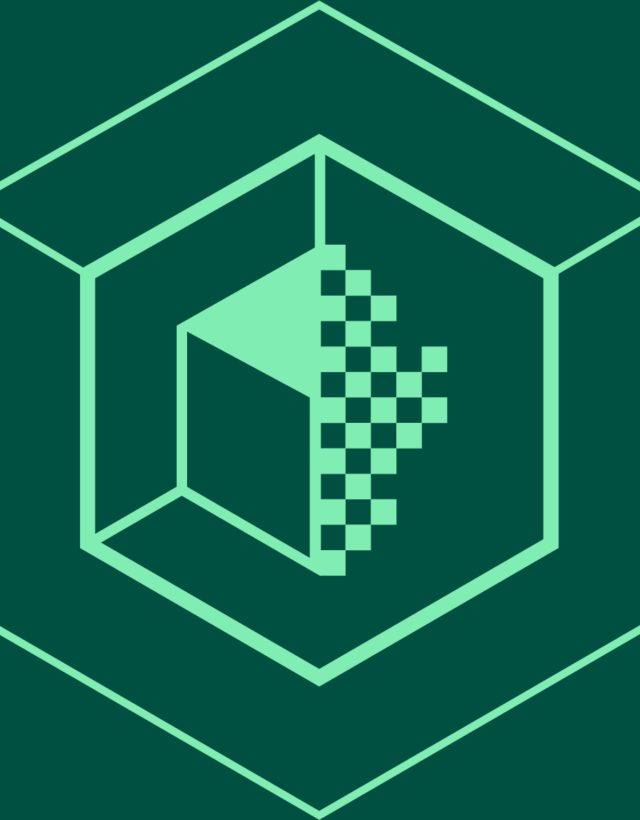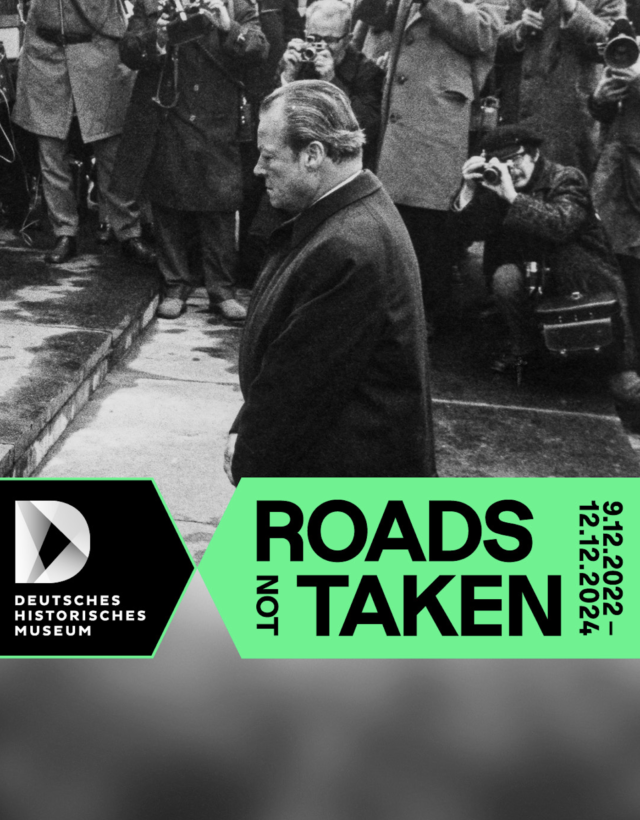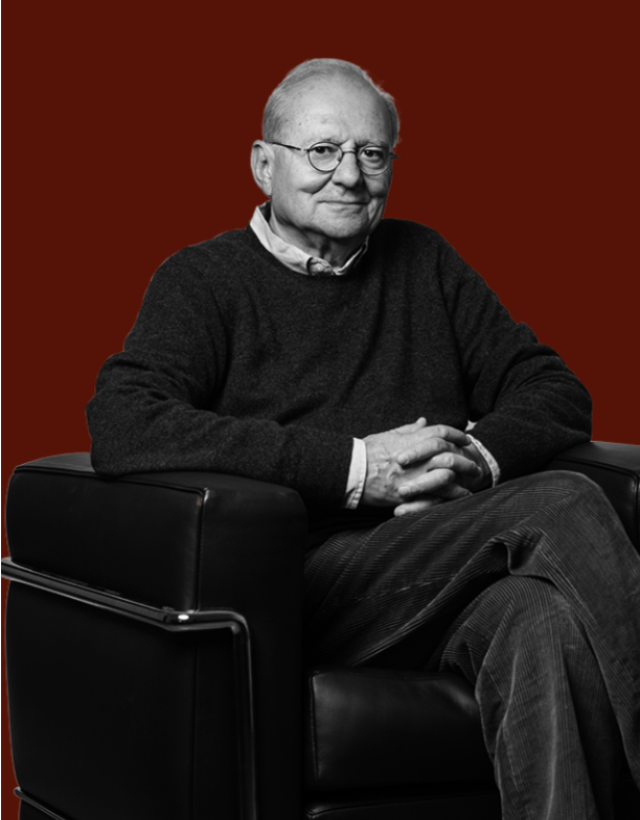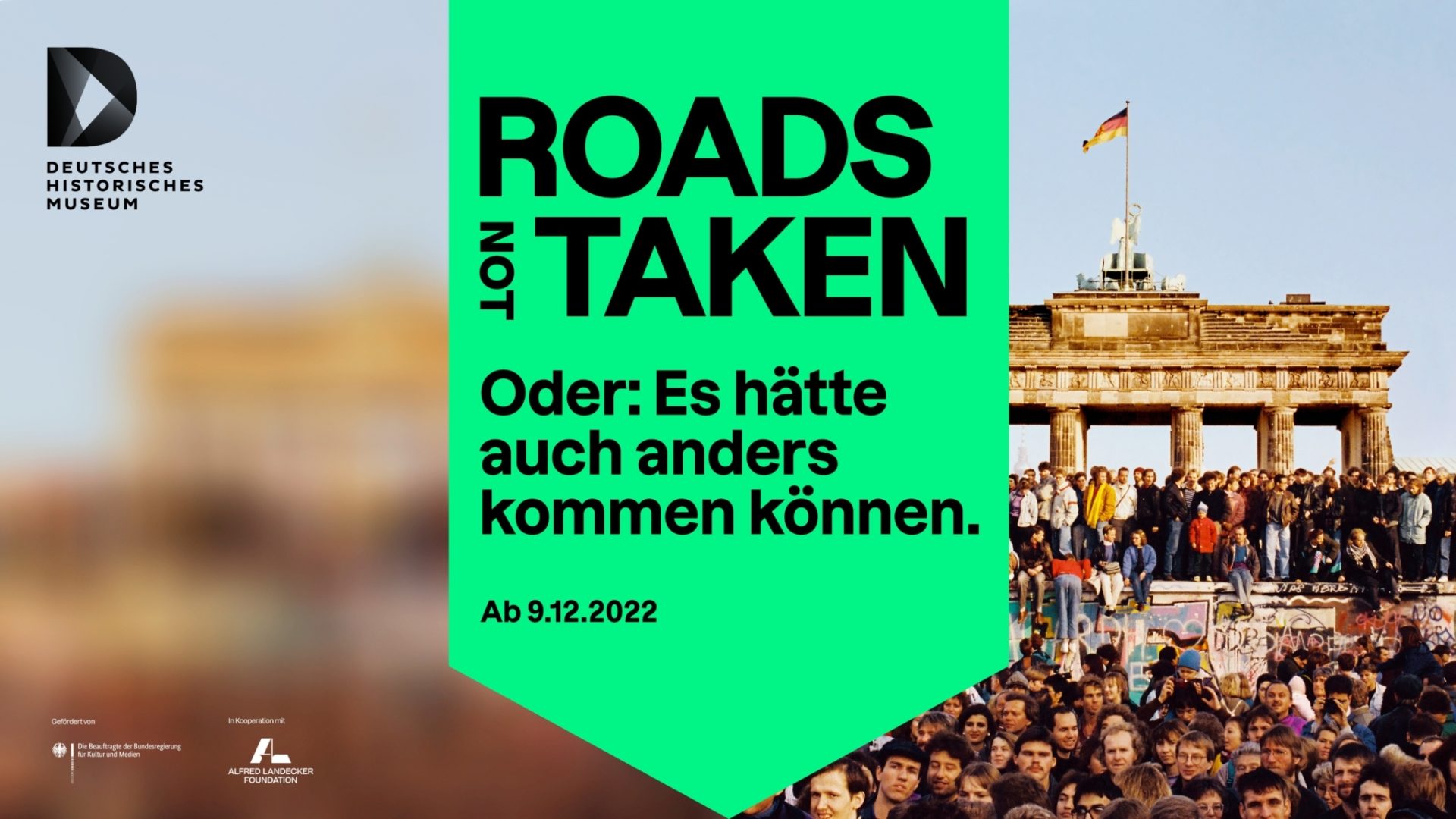“Roads not Taken” – from this unusual perspective the Deutsches Historisches
Museum, beginning on 9 December 2022, sets out on new paths in its approach
to history. Starting from key dates in German history, the museum presents a look
back(wards) at decisive historical events from 1989 to 1849. It brings actual
turning points face to face with what might have happened if it were not for
various factors.
Along 14 distinctive caesurae in the German history of the 19th and 20th centuries,
the historian Dan Diner explores the probabilities of unrealised history –
prevented by accidents, averted by misfires or other kinds of shortcomings: it is
that which is known in the philosophy of history as contingency. This is not to spread an alternative truth or contrive a counterfeit historical narrative. On the contrary, the new exhibition is about how likely a development inherent to the occurrence could have sent it off in a different direction.
This perspective, unusual for a history museum, should make it possible to see well-known facts in a new light and to encourage an understanding of the principal open-endedness of history as a result of constellations and decisions, actions and omissions. On 1,000 m² of exhibition space, the presentation, based on an idea by Dan Diner, will illustrate the fact that history is not a linear narrative, but rather a succession of more or less probable scenarios.
The course of these caesurae begins in 1989 with the Peaceful Revolution in the German Democratic Republic (GDR) and ends in the year 1849, when Germany first dared to attempt a democratic awakening. The exhibition takes up retrospectively such topics as “Ostpolitik”, the building of the Wall, the Cold War, the assumption of power by the National Socialists, as well as revolution and democratisation at decisive kipping points – and illustrates that history by no means had to end as it actually happened. In this way, milestones such as the Stalin Note of 1952, the Korean War in 1950, the Berlin Airlift of 1948/49, the occupation of the Rhineland in 1936, Hitler’s assumption of power in 1933, the deposal of Chancellor Brüning in 1932, the revolution of 1918, the outbreak of the First World War in 1914, or the Austro-Prussian War of 1866, appear in a new light.
The unexpected historical turning point of 1989 is an exemplary case of the charged relationship between historical reality and unrealised opportunities. Most people experienced the fall of the Berlin Wall on 9 November 1989 as stroke of luck. The people dancing on the Wall presented an iconic image of a Peaceful Revolution without the exercise of state-inflicted violence. But this outcome was not necessarily expected. The GDR had been the first country to officially state its approval to the violent actions of the Chinese leadership against protesters at the Square of Heavenly Peace in June 1989. A military crackdown against the uprise of the population had also seemed possible in East Germany, and was also believed to be likely.
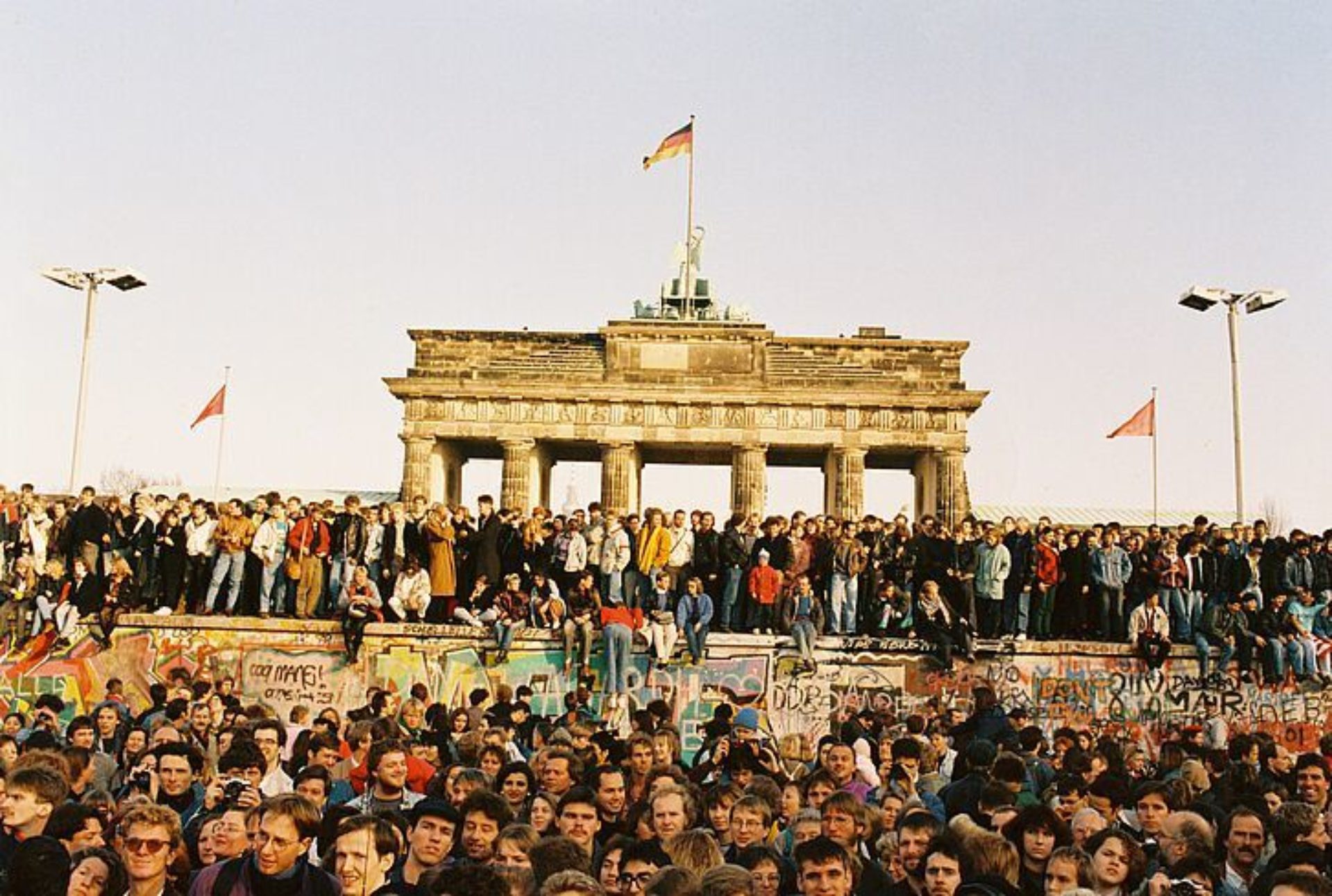
Roads that were not taken is therefore the central motif of the exhibition – they shed light on different historical scenarios from near or afar without attempting to rewrite the actual history. In the best case, visitors will learn something about the dilemmas of the decision-makers and about historical responsibility and guilt. Hovering above all this, and that makes up its topicality, is the question of the individual latitude of action: decisions by individual persons can change the course of history. And not least of all, the exhibition invites visitors to experience what historical judgement actually means – though it might only be in retrospect.
The final part of the exhibition leads to the game station “Autumn 89– On the Streets of Leipzig”. In this interactive “graphic novel”, the museum guests slip into the role of one of seven different characters and pass through the peaceful protests on 9 October 1989 in Leipzig from the perspective of that character. Here they have to make concrete decisions and thus influence the further course of the historical events.
With some 500 paintings, drawings, graphic prints, sculptures, documents, coins, photographs, publications, posters, quotes, film clips, audio recordings, and interactive stations, the exhibition opens up in reversed chronological order the image of a fortunate course of the past history of the reunited Federal Republic of Germany, a course that was by no means inevitable, but instead marked by many different forks in the road.
The inclusive and barrier-free exhibition was curated under the project leadership of Fritz Backhaus by Julia Franke, Stefan Paul-Jacobs and Dr Lili Reyels and came about in cooperation with the Alfred Landecker Foundation. A publication on the exhibition in German and English will appear in April 2023.
